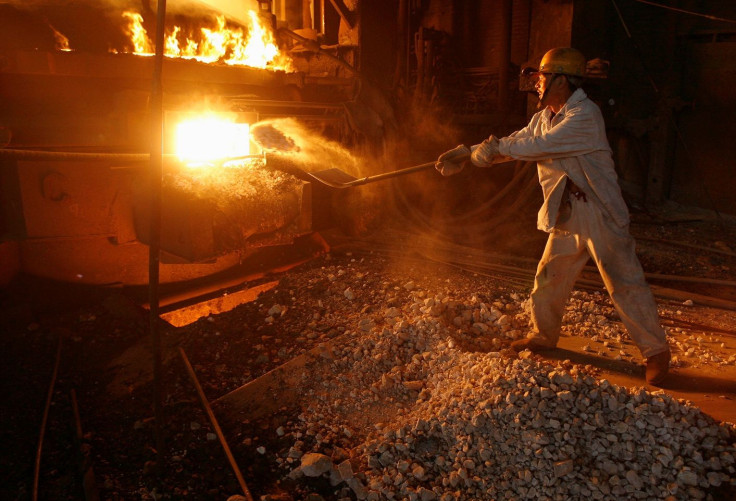Iron ore prices reach lowest level in a month, slide below US$90 a tonne mark

Iron ore prices weakened on Monday, going below the US$90 (AU$118.5) a tonne mark overnight. This comes as the lowest recording in almost a month. The price for 62 percent fines closed at US$89.73 (AU$118.14) – a decline of 1.7 percent from the previous trading day.
According to Metal Bulletin, the decline came on the heels of weakness seen in Chinese rebar prices. “China’s spot rebar prices were mixed on Monday amid a sharp decrease in the futures market,” it said. “In Shanghai, prices widened downwards as smaller mills made cuts in an attempt to secure more bookings, whereas larger mills kept their prices unchanged.”
Chinese commodities futures bettered in overnight trade following Monday’s downslide. As a result of the fall, spot rebar and iron ore prices declined as well. The iron ore future for May 2017 last traded at 665.5 yuan (AU$127.1). The final price of Monday’s day session, in comparison, was 661 yuan (AU$126.2). On the other hand, the rebar future closed overnight at 3,482 yuan (AU$665.1). Monday’s day session for the same recorded at 3,467 yuan (AU$662.2).
Nevertheless, iron ore has witnessed growth of 14 percent this year. On Feb. 21, it reached its highest level for this year – US$94.86 (AU$124.9) a tonne.
Since the second half of 2016, Australian iron ore mining giants, including the likes of BHP Billiton, Rio Tinto and Fortescue Metals Group, have seen significant benefits from the rise of iron ore prices.
However, China continuing its efforts to reduce annual steel capacity levels in 2017 was not met with enthusiasm. The news also reflected on the share prices of mining giants BHP Billiton and Rio Tinto, who lost 1.87 percent and 2.08 percent respectively in London trade.
According to Fairfax Media, analysts from Gavekal have speculated that iron ore prices can fall by as much as 30 percent in the second half of this year. At the same time, a team of analysts at HSBC has said iron ore prices can slide below the production cost in the second quarter of 2017. This comes on the heels of large stockpiles of iron ore – reaching almost 120 million tonnes at the end of February – in Chinese ports.
"The longer prices remain elevated the greater the likelihood that marginal supply will be added to the market," the team said. "Prices may need to fall below the marginal cost of production for an extended period to drive the necessary closures and rebalance the market."




















